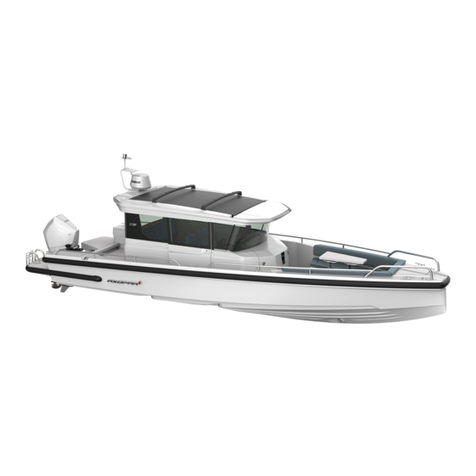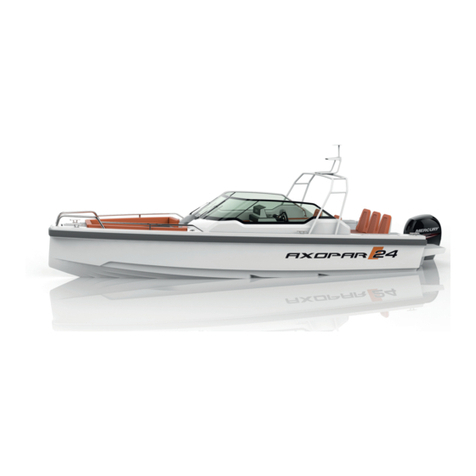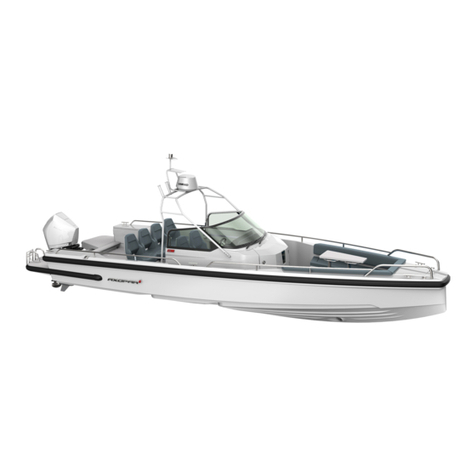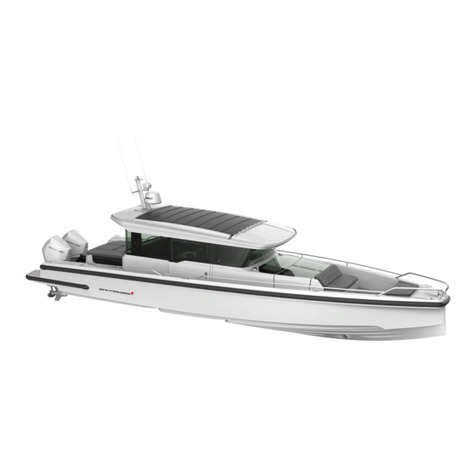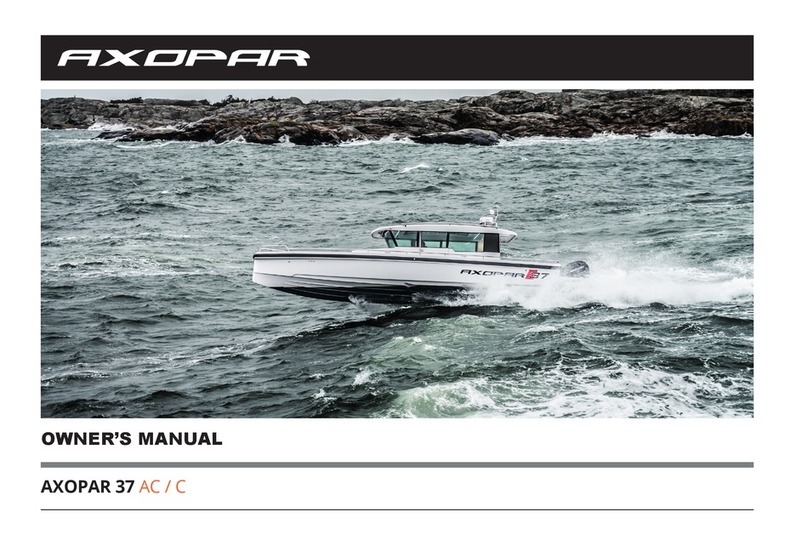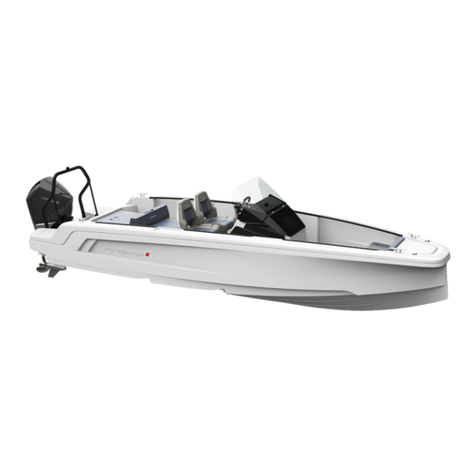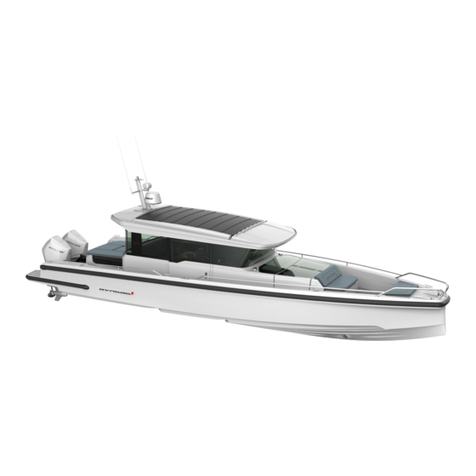
Boat Guide – Pure Coincidence March 2021 Page 2 of 15
Table of Contents
1. Boat Data ........................................................................................................................................ 3
2. Check On/Off Data .......................................................................................................................... 3
3. Boat Handling Guidance ................................................................................................................. 3
4. Power and Instrumentation Systems .............................................................................................. 4
4.1 Shore Power - 240 Volt Systems ................................................................................................... 4
4.2 Batteries – 12 Volt Systems .......................................................................................................... 5
4.3 Switch Panel .................................................................................................................................. 6
4.4 Tank Gauges .................................................................................................................................. 7
4.5 Navigation Instruments................................................................................................................. 8
4.6 Log Transducer .............................................................................................................................. 8
4.7 Anchor Windlass Controller .......................................................................................................... 9
5. Domestic Systems ........................................................................................................................... 9
5.1 Water ............................................................................................................................................ 9
5.2 Fuel ................................................................................................................................................ 9
5.3 Heads ............................................................................................................................................ 9
5.4 Holding Tank ............................................................................................................................... 10
5.5 Boat Heater ................................................................................................................................. 10
5.6 Water Heater .............................................................................................................................. 11
5.7 Domestic Radio ........................................................................................................................... 11
5.8 Fridge and Sink ............................................................................................................................ 11
5.9 Roof ............................................................................................................................................. 11
6. Safety Equipment .......................................................................................................................... 12
6.1 Safety Equipment - quick reference diagram ............................................................................. 12
6.2 Safety Equipment Location ......................................................................................................... 13
6.3 Emergency Tiller .......................................................................................................................... 13
6.4 Skin Fittings and Seacocks ........................................................................................................... 14
7. General Equipment ....................................................................................................................... 14
8. Documentation ............................................................................................................................. 14
9. Engine ................................................................................................................................................ 15
9.1 Start/Stop Procedure .................................................................................................................. 15
9.2 Engine Data and Warnings .......................................................................................................... 15






